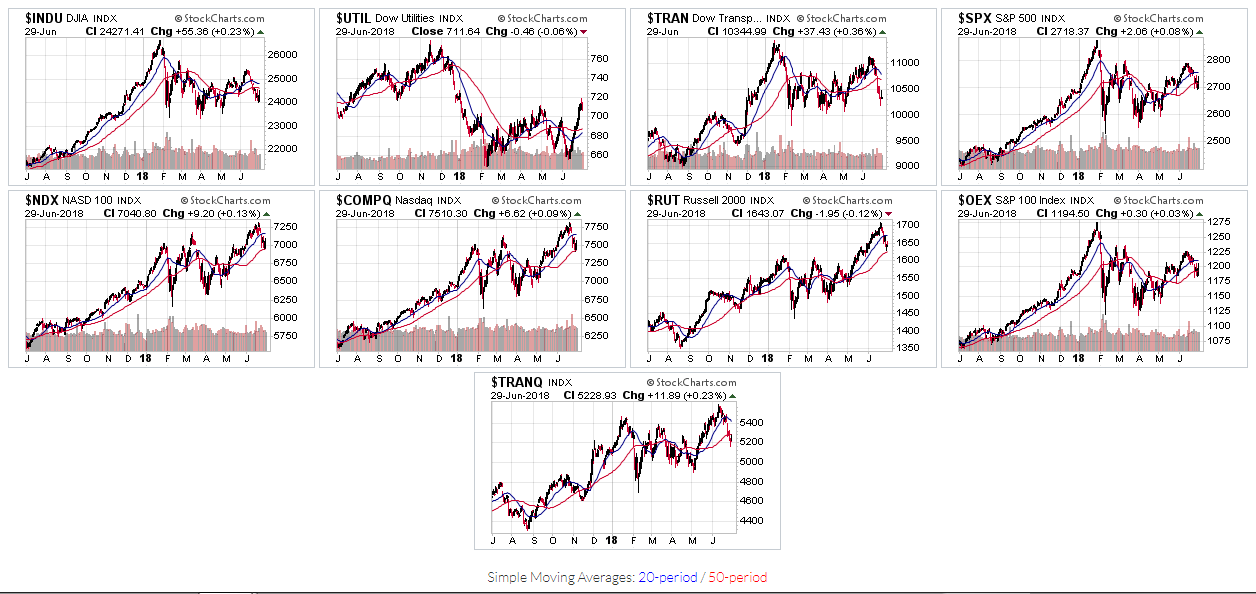Contents
And for stop loss, I think volatility based stoplosses are the best. Well, you want to trade Support and Resistance levels that are the most obvious to you. Well, it should be at a level where it will invalidate your trading setup. You don’t want to be a cheapskate and set a tight stop loss… hoping you can get away with it. And the way to do it is to execute your trades consistently and get a large enough sample size . TradingView’s Fibonacci extension tool doesn’t come with 127 and 138 levels.
The relationship between these two numbers helps traders define whether the trade is worth it or now. The bigger the possible loss, the worse it’s for a trader because sometimes any person can have a series of bad trades. Thus, a big R/R ratio will lead to irreversible losses.
What is the Risk-Reward Ratio?
Once you start incorporating risk/reward, you will quickly notice that it’s difficult to find good investment or trade ideas. The pros comb through, sometimes, hundreds of charts each day looking for ideas that fit their risk/reward profile. The more meticulous you are, the better your chances of making money.

On the other hand, if the risk/reward ratio is below 1.0, the potential reward is greater than the potential risk. The first step in calculating this ratio is to determine the risk, which is done by comparing the stop-loss order and the entry point in a trade. The risk is the difference between the two and can be described as the total amount that can be lost. This guide breaks down the basic elements of risk/reward ratios and how to calculate a ratio to improve your investment odds. I’ll give you 1.1 BTC if you sneak into the tiger cage and feed raw meat to the tiger with your bare hands. But, there’s a chance that the tiger attacks you and inflicts fatal damage.
You can make decisions regarding how much capital you can lose and how much you can compound from this ratio. Well, that being said, risk, to be precise, risk-reward ratio, is the subject we are going to talk about in today’s article. However, this is not uncommon for individuals investing in the stock https://1investing.in/ market. The risk-reward ratio is the prerequisite of any trading/investing strategy as it helps in limiting the inherent risks of your investments. The reward to risk ratio is maybe the most important metric in trading and a trader who understands the RRR can improve his chances of becoming profitable.
Our gain and loss percentage calculator quickly tells you the percentage of your account balance that you have won or lost. Find the approximate amount of currency units to buy or sell so you can control your maximum risk per position. The Balance uses only high-quality sources, including peer-reviewed studies, to support the facts within our articles. Read our editorial process to learn more about how we fact-check and keep our content accurate, reliable, and trustworthy. She spends her days working with hundreds of employees from non-profit and higher education organizations on their personal financial plans.
Risk-Reward Ratio Formula
You have to decide how much you are willing to risk for a particular trade and determine your exit price based on the same or vice-versa. Now that we have established the fact that risk to reward ratio is each to their own, an ideal risk-to-reward ratio is what is ideal for you based on your preferences. The other way to get the Breakeven Win Rate is to input the price levels for the position. If you fill in the Entry price, Stop Loss and Take Profit, the calculator will compute the Risk/Reward Ratio, as well as the Breakeven Win Rate. Because if you take trades that have a small RRR you will lose money over the long term, even if you think you find good trades.
- We provide content for over 100,000+ active followers and over 2,500+ members.
- And after reading this guide, you’ll never see the risk-reward ratio the same way again.
- The ratio helps assess the expected return and risk of a given trade.
He currently researches and teaches economic sociology and the social studies of finance at the Hebrew University in Jerusalem. In the course of holding a stock, the upside number is likely to change as you continue analyzing new information. If the risk/reward becomes unfavorable, don’t be afraid to exit the trade.
By quantifying the risk-adjusted return we can pinpoint how a trader or a hedge fund manager generated his profits. In finance, the reward to volatility ratio, also commonly known as the Sharpe Ratio, is a measure of risk-adjusted return for a stock or a stock portfolio. It’s often used to measure the performance of an investment relative to the risk taken to generate that return. One cannot emphasize enough the vitality of this ratio. Risk to reward ratio not only helps you in containing losses and booking gains but also helps you keep your emotions in check. A human brain can be swayed easily when the market moves in a different direction.
Reward-to-Risk Ratio
The Risk/Reward Ratio is measured by the trader/investor for the level of risk taken on investment against the level of income and growth achieved on investment. The ratio measures probability and level of profit against probability and level of loss taken by the investor. Essentially, the ratio helps investors compare the potential profit of a trade to a potential loss. The risk/reward ratio is a factor investors consider when choosing which investments to put their money into.

Master excel formulas, graphs, shortcuts with 3+hrs of Video. Charlene Rhinehart is a CPA , CFE, chair of an Illinois CPA Society committee, and has a degree in accounting and finance from DePaul University. Investor Junkie does attempt to take a reasonable and good faith approach to maintain objectivity towards providing referrals that are in the best interest of readers. For more information, please read our full disclaimer..
Rayner Teo is an independent trader, ex-prop trader, and founder of TradingwithRayner. Sure risk, reward is important, but I will now look at it different. At the end of the day, all of us are in this ‘game’ to make money.
If it is below your threshold, raise your downside target to attempt to achieve an acceptable ratio. Assume you did your research and found a stock you like. You notice that XYZ stock is trading at $25, down from a recent high of $29. Let’s take an example to understand the calculation in a better manner. Update it to the latest version or try another one for a safer, more comfortable and productive trading experience. Beginner Forex book will guide you through the world of trading.
Extra: Professional traders about reward:risk ratio
Sometimes it’s better to have a smaller R/R ratio but a higher win rate. To calculate risk to reward ratio, you first need to know the potential reward to risk ratio formula profit or loss you want to generate based on your capital. You are free to set this limit based on your own preferences and risk-taking ability.
Or, secondly, he can obtain higher returns if he can reduce the up and down swings in his account balance. In other words, by reducing the annual risk, he can generate a better Sharpe ratio. Let’s now jump and see the math being the Sharpe Ratio and learn how to calculate reward to volatility ratio. The Treynor ratio reveals whether or not the fund manager is remunerated for the extra risk they take, above the inherent market risk. On the other hand, the Sortino Ratio focuses on removing the impact of increasing price movements on the standard deviation. Once you have calculated the risk-reward ratio, you can place a stop loss and exit order.





Add Comment